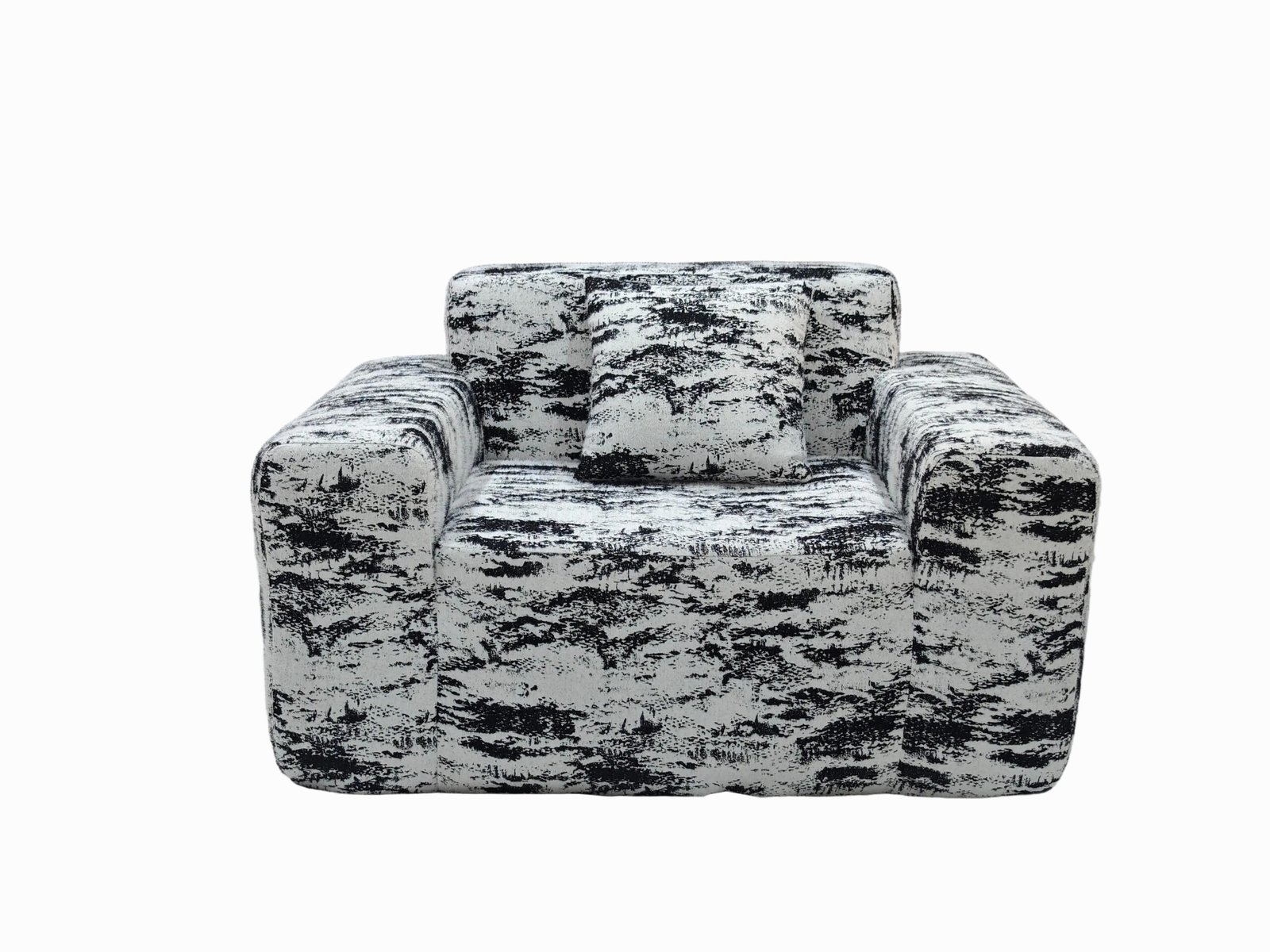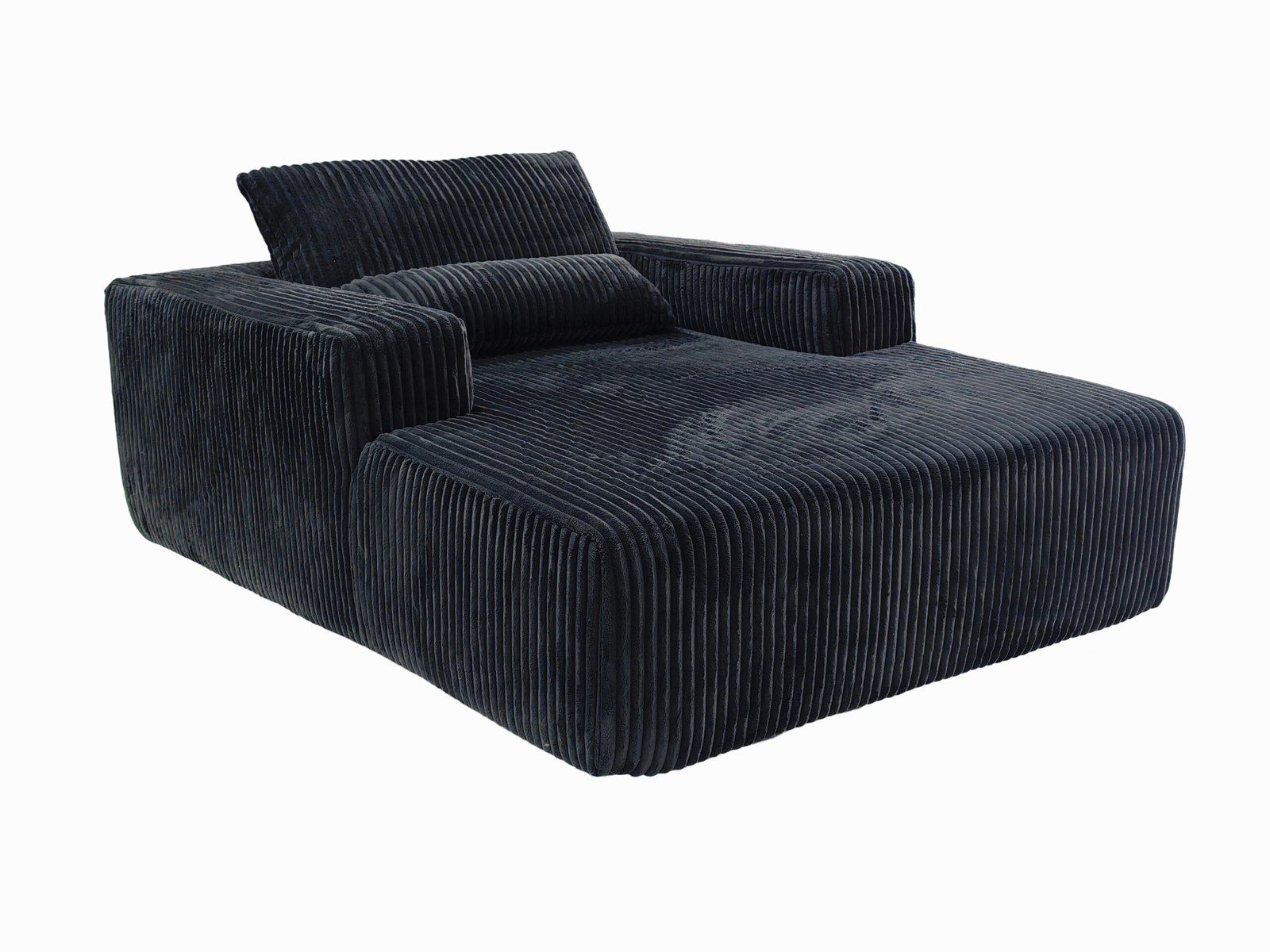
Buying a compressed sofa feels smart—until it starts sagging or creaking after a few weeks. What can you actually do when things go wrong?
To deal with compressed sofa quality problems, you need to inspect upon arrival, understand warranty coverage, follow proper unpacking and assembly, evaluate materials, and take action on cushion or frame issues.
It’s not just about fixing the sofa. It’s about making sure you get what you paid for—comfort, style, and peace of mind.
What are the common quality problems of compressed sofas?
A sofa that looks good online might not feel right in your living room—and that’s just the beginning.
Compressed sofas may suffer from fabric damage, foam deformation, weak frames, and uneven cushions due to the compression process and poor assembly.

🔍 Here’s what I usually look out for:
| Issue Type | Symptoms |
|---|---|
| Fabric problems | Tears, thinning, or faded color |
| Foam degradation | Flat spots, uneven softness |
| Frame weakness | Wobbly feel, loud creaks, bent joints |
| Cushion inconsistency | Uneven support or sagging after a week |
Most of these issues can be fixed or at least minimized—but only if you notice and act early. A good inspection saves you from long-term regret.
How do I inspect my compressed sofa upon arrival?
The unpacking moment is exciting—but also risky. Don’t let your guard down just because it "looks okay."
Check your sofa immediately after arrival. Look for damage on the box, and inspect fabric, frame, and cushions before use. Take photos of any issues.

I always follow this simple arrival checklist:
- Box condition: Is the packaging torn or dented?
- Fabric and surface: Any visible holes, frays, or discoloration?
- Cushion test: Sit on different spots—does it feel balanced?
- Frame check: Press gently on the arms and backrest—any creaking?
Keep your phone handy. Take clear, well-lit photos if you find anything off. These will be critical if you need to make a warranty claim or request a return.
What should I know about warranty and return policies?
If there’s one thing you shouldn’t skip, it’s reading the warranty. Trust me—it makes all the difference when quality issues show up.
Review the sofa’s warranty and return policy to understand what issues are covered and how long you have to report them.

📝 Warranty basics to look for:
| Warranty Element | What to Check |
|---|---|
| Timeframe | Usually 6–24 months for structural issues |
| Coverage scope | Includes frame defects, foam breakdown |
| Claims process | Requires photos, proof of purchase |
| Exclusions | Damage from misuse, pets, or poor storage |
Make sure you also look at the return policy window. Many sellers offer 7–30 days to request an exchange or refund. If something’s wrong—move fast.
What’s the right way to unpack a compressed sofa?
Compressed sofas need time and care to regain shape—skip this, and you might ruin it before the first sit.
Carefully remove packaging and allow the sofa to decompress for at least 24–48 hours before sitting on it. Avoid sharp tools during unboxing.

🛠 Unpacking tips I swear by:
- Cut plastic wrap carefully, not too deep
- Lay sofa flat in a ventilated room
- Let foam fully expand before testing comfort
- Don’t sit or lean on it too early—it might dent permanently
Some sofas take longer to reach their full shape—especially thicker cushions. Give it time. If it still looks off after 48 hours, take photos and report it.
What if the materials seem low quality?
Sometimes the foam feels cheap, or the fabric starts pilling in days. That’s not okay—especially for something you sit on every day.
Evaluate fabric, foam, and frame materials. If they feel too thin or soft, consider reinforcing or replacing parts. Contact the seller if below expectations.

How I evaluate material quality:
- Foam: Press hard. It should bounce back, not stay flat.
- Fabric: Rub gently—does it pill or shed?
- Frame: Shake the armrest. It shouldn’t creak or shift.
If anything seems off and the sofa’s still within warranty, report it. If it's out of warranty, you may need to replace parts or reinforce.
How do I fix cushion problems like sagging or unevenness?
Cushions can make or break your experience—literally. Even a beautiful sofa becomes useless if it’s uncomfortable.
To fix cushion problems, fluff and rotate regularly, use additional foam inserts, or replace the core material. Sagging means the internal structure needs support.

My go-to fixes:
| Problem | Solution |
|---|---|
| One cushion sags | Add foam inserts or memory foam layers |
| Uneven surface | Rotate cushions weekly |
| Stiffness | Use seat toppers or softer foam layers |
If the cushion is fixed to the frame, check underneath. Often there are straps or mesh that need tightening or replacing.
What if the frame feels unstable?
This is serious—an unstable sofa isn’t just annoying, it’s dangerous. But you can fix it.
Tighten all bolts, add support brackets, and reinforce pressure points with corner blocks or metal braces. For major issues, consult a furniture repair service.

DIY Frame Fix Tips:
- Tighten all visible bolts with an Allen key or wrench
- Add L-brackets at the corners for stability
- Check bottom slats—are they aligned and secure?
If nothing works, ask the manufacturer for a replacement base or partial refund. Don’t risk using a broken frame long-term.
Conclusion
Dealing with quality problems in compressed sofas is all about fast inspection, clear documentation, and knowing your options. The earlier you act, the better the outcome.